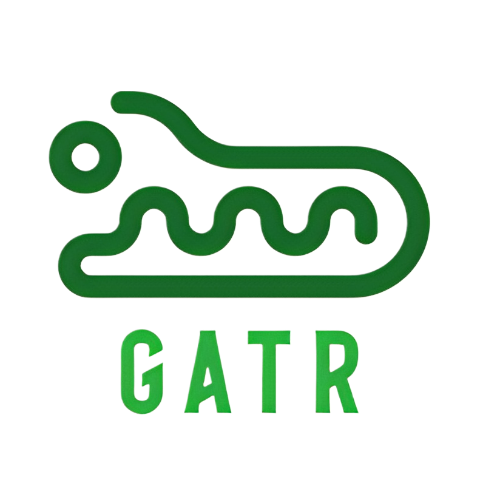Like we’ve said earlier, an NFT is nothing more than a piece of encrypted, ownable data on the blockchain, normally with an image and metadata attached. The holder of an NFT validates their wallet on a crypto-enabled website in order to extract whatever perks the NFT is claiming to provide, whether it be entry into a videogame, a movie or a Zoom call.
Unique Identifier: Each NFT has a unique identifier within its smart contract, making it distinguishable from other tokens. Specifically AssetID and Policy ID
Minting: The process of creating an NFT is executed via a smart contract.
Token Metadata: This includes information that describes the NFT, often stored as a JSON object. It contains specific properties or characteristics of the NFT. CIP-25 (Cardano Improvement Proposal 25) for Cardano or ERC-721 Metadata for Ethereum dictate standards for certain values like image, that allow it to appear in Pool.pm.
Storage: Can be on-chain or off-chain. Off-chain storage often uses IPFS (InterPlanetary File System) to ensure decentralization and permanence.
Ownership Record: The blockchain ledger records the ownership and transaction history of the NFT.
Provenance: The history of the NFT, including previous owners, which can add value and authenticity.
JSON Structure #
NFT Gater doesn’t make NFTs, it simply adds utility to them. You’ll need to familiarizing yourself with one of many simple self-service NFT creation tools out there, but you still need to know about JSON if you are going to make your own NFT series.
Javascript Object Notation is just a structured way to communicate information. It is a series of data types and key names nested in brackets. JSON can be used to describe literally anything physical or conceptual, and is a universal way that programmers communicate information.
The Cardano metadata standard is described in CIP-25 as a way to communicate standard information items in NFT metadata, like asset name and image links, so that various websites and tools can process and show you these NFTs in a uniform and expected way. Here is an example of the JSON data for a Cardano NFT minted with the CIP-25 standard:
{
"721": {
"policy_id": {
"asset_name": {
"name": "My Digital Art",
"image": "ipfs://QmTz7t7A5t5Nf5e5Tt5D5T5V5X5Q5G5J5R5A5M5",
"mediaType": "image/png",
"description": "A unique piece of digital art",
"attributes": {
"Background": "Blue",
"Eyes": "Green",
"Artist": "Jane Doe",
"Edition": "1 of 1"
}
}
}
}
}





